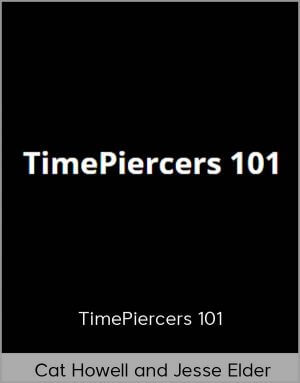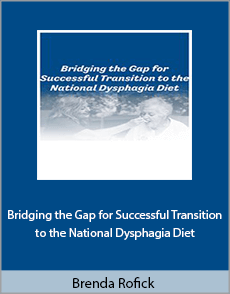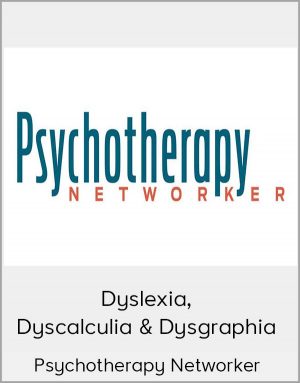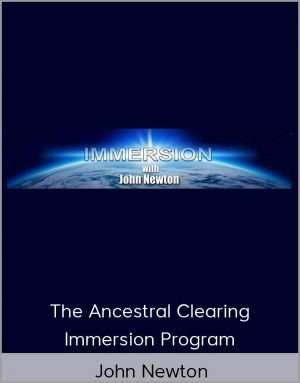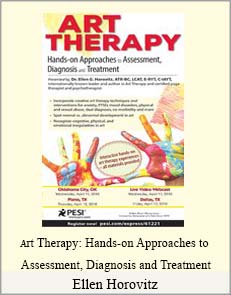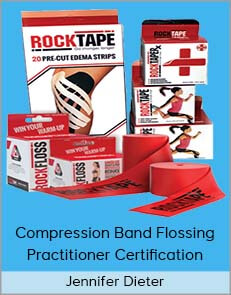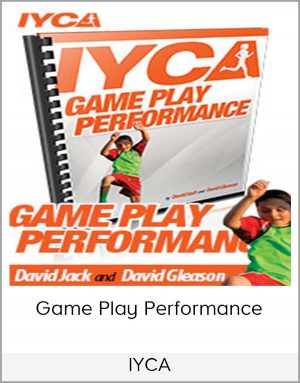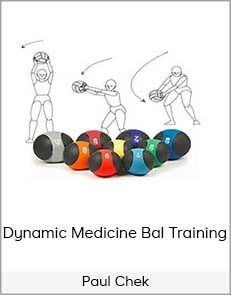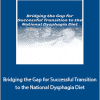Brenda Rofick – Bridging the Gap for Successful Transition to the National Dysphagia Diet
$35.00$179.99 (-81%)
You will also learn about the benefits, challenges, and lasting effects of transitioning to the National Dysphagia Diet system.
Brenda Rofick – Bridging the Gap for Successful Transition to the National Dysphagia Diet
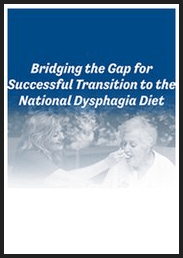
Check it out: Brenda Rofick – Bridging the Gap for Successful Transition to the National Dysphagia Diet
Description
Every day, clinicians face the difficult task of determining a patient’s most appropriate diet texture within a system that offers little to no direction as to which foods belong in which texture level. The National Dysphagia Diet system offers what you are looking for-a standardized method for determining which food belongs (and which don’t) in each diet level. And while many of us may realize this is a useful diet system, the task of training staff and changing methods is a daunting one.
This recording is designed to answer your questions about the standardized diet and the process of transitioning your facility. In addition to learning exactly which foods are allowed and avoided at each diet level, you will receive numerous helpful handouts and charts depicting the information in an easy to read format. You will also learn about the benefits, challenges, and lasting effects of transitioning to the National Dysphagia Diet system. And lastly, you will be taken through the step by step process to follow in order to have a successful transition in your facility.
Handouts
Manual – Bridging the Gap (2.54 MB) 52 Pages Available after Purchase
Outline
WHAT IS THE NATIONAL DYSPHAGIA DIET
- Definitions and descriptions
- Overview of liquids
- Benefits of transitioning
- Challenges, barriers, and remedies
DEFINING THE LEVELS: AS A WHOLE AND FOR EACH FOOD TYPE
- Level 1: Pureed
- Level 2: Mechanically Altered
- Level 3: Advanced
- Level 4: Regular
- Food Types: breads, cereals, desserts, fruit, vegetables, potatoes and starches, meats and proteins, soups, and miscellaneous
- Discussions of “problem foods” and which level they fit into
- Hands on practice with real facility menus
TRANSITIONING YOUR TEAM
- Team members
- Time-span and order of operations
- Menu extensions to meet State Law requirements
- Converting current patients
- Advertising
- Training staff – options and what worked best for my facility or Choosing the right training methods for your facility
- Facility signs and information for families
- Kitchen set up and manuals
- Live training during meal pass
AFTER THE TRANSITION
- Ongoing education with current and new staff
- Diet audits
- Patient and family resources and information
Faculty
Brenda Rofick
MS, CCC-SLP
BRENDA ROFICK, MS, CCC-SLP is a Speech-Language Pathologist whose passion lies in working with older adults. She has spent her entire career and over half of her life devoted to rehabilitating patients. She specializes in evaluating and treating numerous disorders related to speaking, swallowing, thinking, and communicating. She loves watching her patients succeed and being their therapist and friend along the way. She is well versed in transitioning a facility from three texture levels to the nationally recognized National Dysphagia Diet four-level system. Providing patients with a greater array of diet choices which have more appropriate and defined texture levels has been so rewarding—she believes our elders deserve nothing but the best!
Brenda is a member of the American Speech and Hearing Association (ASHA), upholding a Certificate of Clinical Competence (CCC). She is also licensed by the Minnesota Department of Health and has been a certified Vital Stim provider since 2012. She also believes in training our youth and has been an off-campus/on-site Clinical Practicum Supervisor for two of Minnesota’s universities.
Speaker Disclosures:
Financial: Brenda Rofick has an employment relationship with Cerenity Senior Care. She receives a speaking honorarium from PESI, Inc.
Non-financial: Brenda Rofick is a member of the American Speech-Language-Hearing Association.








